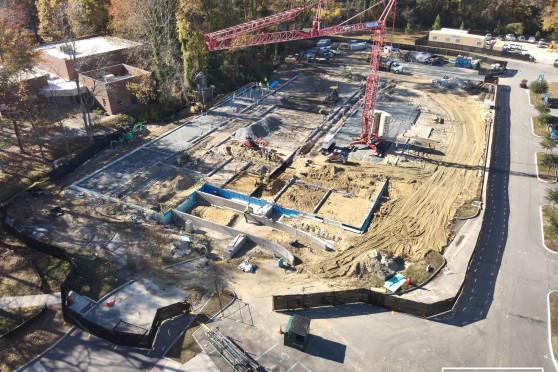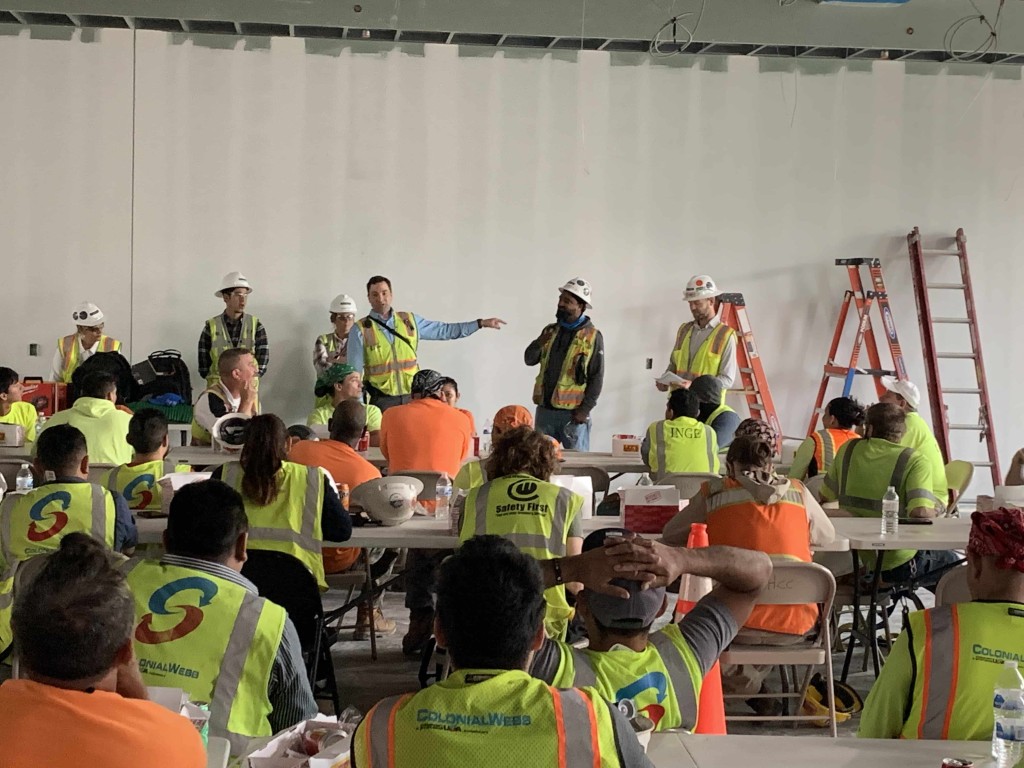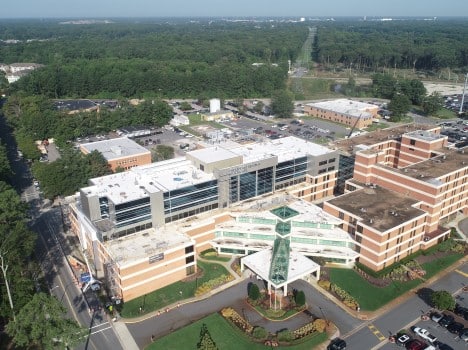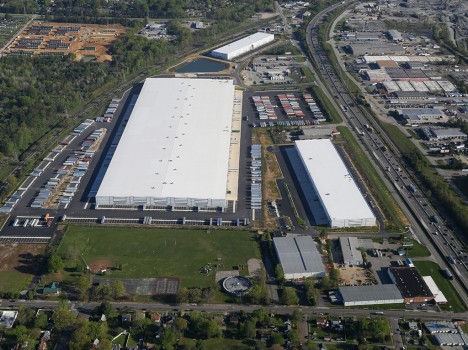
Blog
No Job Site is the Same – Developing a Site-Specific Safety Plan
— 6 min read
Construction sites are as varied as the buildings they create. Each project is unique, influenced by a range of factors including location, design, materials, and environmental conditions. This variability makes developing a tailored site-specific safety plan crucial for each new project.
The Unique Nature of Each Construction Site
Project Scope and Complexity
The complexity of a construction project can range from a renovation of an existing building to a sprawling commercial complex. Each type of project comes with its own set of challenges. For example, a high-rise office building will involve different construction methods and safety considerations compared to a renovation to an existing building. The scale and intricacy of the project impacts everything from the type of equipment used to the number of workers needed, and these factors must be carefully considered when developing a safety plan.
Site-Specific Conditions
The physical characteristics of each construction site are unique. Factors such as topography, soil conditions, weather patterns, and accessibility play a significant role in shaping the work environment. A site with unstable soil may require additional foundation work or shoring, while a site in a high-wind area may need specific measures to secure scaffolding and equipment. Understanding these conditions is essential for developing a safety plan that addresses the specific risks of the site.
Regulatory and Compliance Requirements
Different locations have varying regulations and safety standards. Building codes, zoning laws, and occupational safety requirements can differ widely between regions, states, or countries. For example, there are 22 states that have OSHA-approved State Plans that cover both private workers and state and local government workers. These State Plans must be at least as effective as the federal OSHA plan and in many areas the State Plans are more restrictive than Federal OSHA. Engaging with a local construction partner who knows the local regulations is imperative to ensuring both legal compliance and worker safety.
Material and Equipment Variations
The types of materials and equipment used can also differ greatly from one project to another. Specialized materials or machinery may introduce new risks that need to be managed. For example, working with hazardous materials like asbestos and lead requires specialized techniques and protective equipment. Similarly, the use of heavy machinery such as cranes or bulldozers introduces different safety considerations compared to hand tools or smaller equipment. Operating equipment (i.e. cranes, mobile elevated work platforms, forklifts, etc.). near overhead power lines can be hazardous. If possible, work with the local utility company to have the overhead lines deenergized or buried.
Community Considerations
The environment surrounding a construction site can impact safety planning. Construction sites near residential areas or schools may need to implement stricter measures to minimize disruption and ensure community safety. Equipment backup alarms, a worker using a hammer, and many other construction activities are noisy. It is paramount to adhere to the local jurisdictional requirements as it relates to noise, as many areas have strict “quiet times”. Projects being built in these environments need to implement measures to protect the public. Two areas of focus to address in the safety plan include site security and effective and ongoing communication with neighboring businesses and residential occupants. Understanding these community factors is crucial for creating a comprehensive safety plan.
Developing a Site-Specific Safety Plan
Developing a site safety plan is a critical early step in the planning process, before construction begins. Given the unique nature of each construction site, a one-size-fits-all safety plan is not practical. Instead, a site-specific safety plan should be developed to address the unique risks and challenges of each project. Here’s how to create an effective site-specific safety plan:
- Conduct a Thorough Site Assessment
Begin with a comprehensive assessment of the construction site. This includes evaluating site conditions, identifying potential hazards, and understanding local regulations. A thorough site assessment helps in identifying specific risks and developing tailored safety measures. Engage professionals such as site engineers, safety consultants, and environmental specialists to provide a holistic plan.
- Identify and Assess Risks
With intel from the site assessment, perform a detailed risk assessment to identify potential hazards. Consider factors such as the type of construction work, site layout, and environmental conditions. Common risks include fall exposures, crane/heavy equipment activity, and exposure to hazardous materials. Each risk should be evaluated for its likelihood and potential impact, which will help prioritize safety measures. - Develop and Document Safety Procedures and Protocols
Based on the risk assessment, develop specific safety procedures and protocols. This might include:- Emergency Response Plans: Outline procedures for emergencies such as fires, medical incidents, or weather-related events. Ensure that all workers are familiar with these procedures.
- Personal Protective Equipment (PPE): Specify the required PPE for different tasks and ensure that it is readily available and used correctly.
- Training and Supervision: Provide training for workers on safety procedures and ensure that supervisors are trained to enforce these protocols.
- Documentation: All safety procedures, protocols, and emergency plans in a comprehensive site safety plan. This document should be easily accessible to all workers and updated regularly to reflect any changes in the project or site conditions. The safety plan should also include contact information for emergency services and safety personnel.
- Onboard, Train, and Communicate
At the beginning, the corporate safety and health plan are part of the framework to make a site safety plan. The different activities that will be happening during construction are considered while building the plan. It is paramount to set expectations with subcontractors, ensure that regular safety meetings, and training sessions are conducted to keep everyone informed. Effective communication of training in both English and Spanish ensures inclusivity and accessibility for a diverse audience. Offering safety content in both languages enhances understanding and engagement, bridging any potential language gaps. Encourage open communication about safety concerns and ensure that there is a clear process for reporting hazards. - Monitor and Review
Continuously monitor the implementation of the safety plan and review it regularly. Conduct safety audits and inspections to ensure compliance and identify areas for improvement. Be prepared to adjust the safety plan as needed based on feedback, incidents, or changes in site conditions. - Foster a Safety Culture
Cultivating a strong safety culture is essential for the success of any safety plan. Encourage workers to take ownership of their own safety and the safety of their colleagues. Recognize and reward safe behavior and promote a proactive approach to identifying and addressing safety issues.
No two construction job sites are the same, and each presents its own unique set of challenges and risks. Developing a site-specific safety plan is essential for ensuring the health and safety of everyone involved in the project. By conducting thorough site assessments, identifying and assessing risks, and implementing tailored safety procedures, a robust safety plan will address the unique needs of each construction site. Effective communication, ongoing training, and a commitment to fostering a safety culture are key components in achieving a safe and successful construction project.






